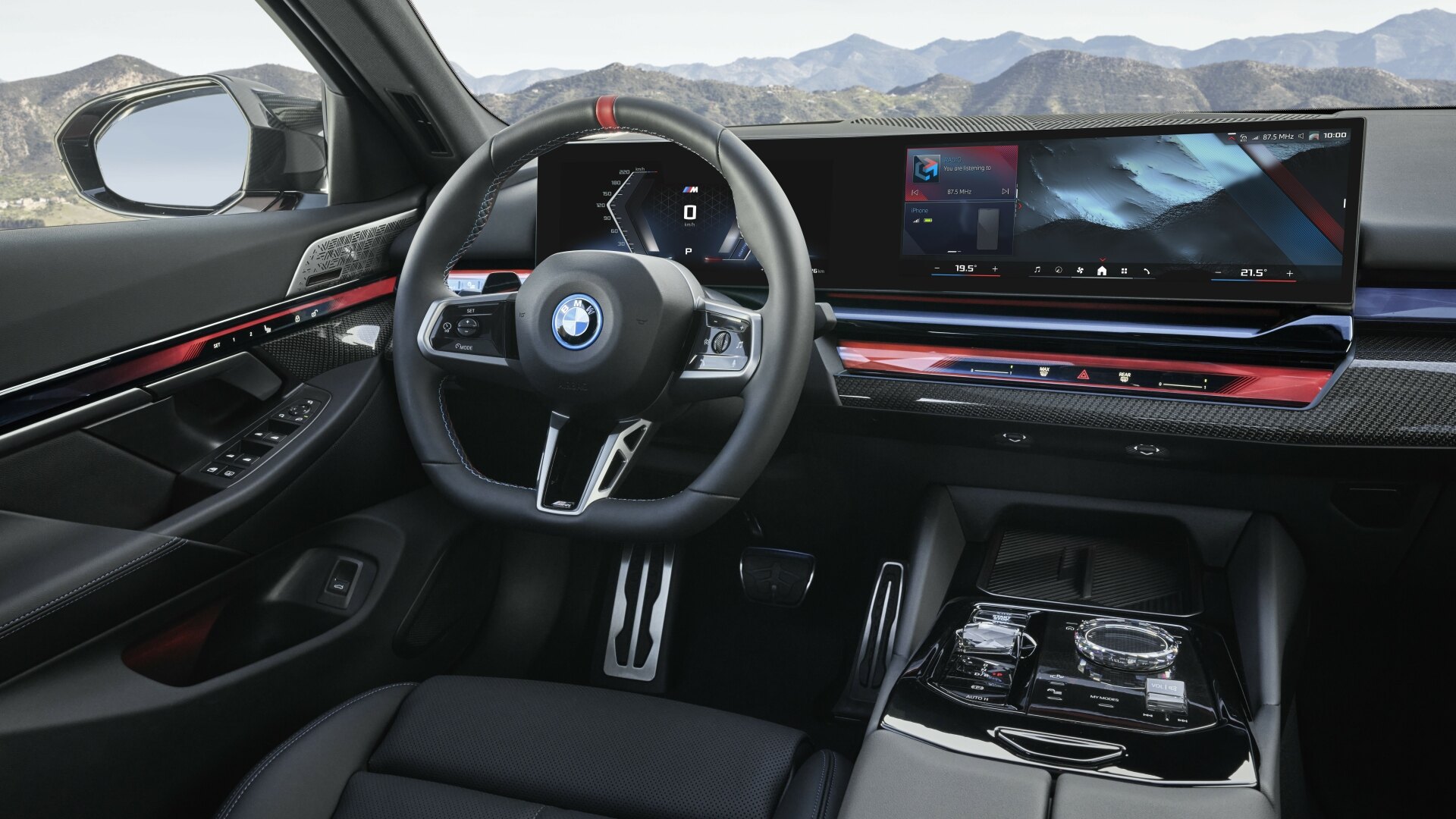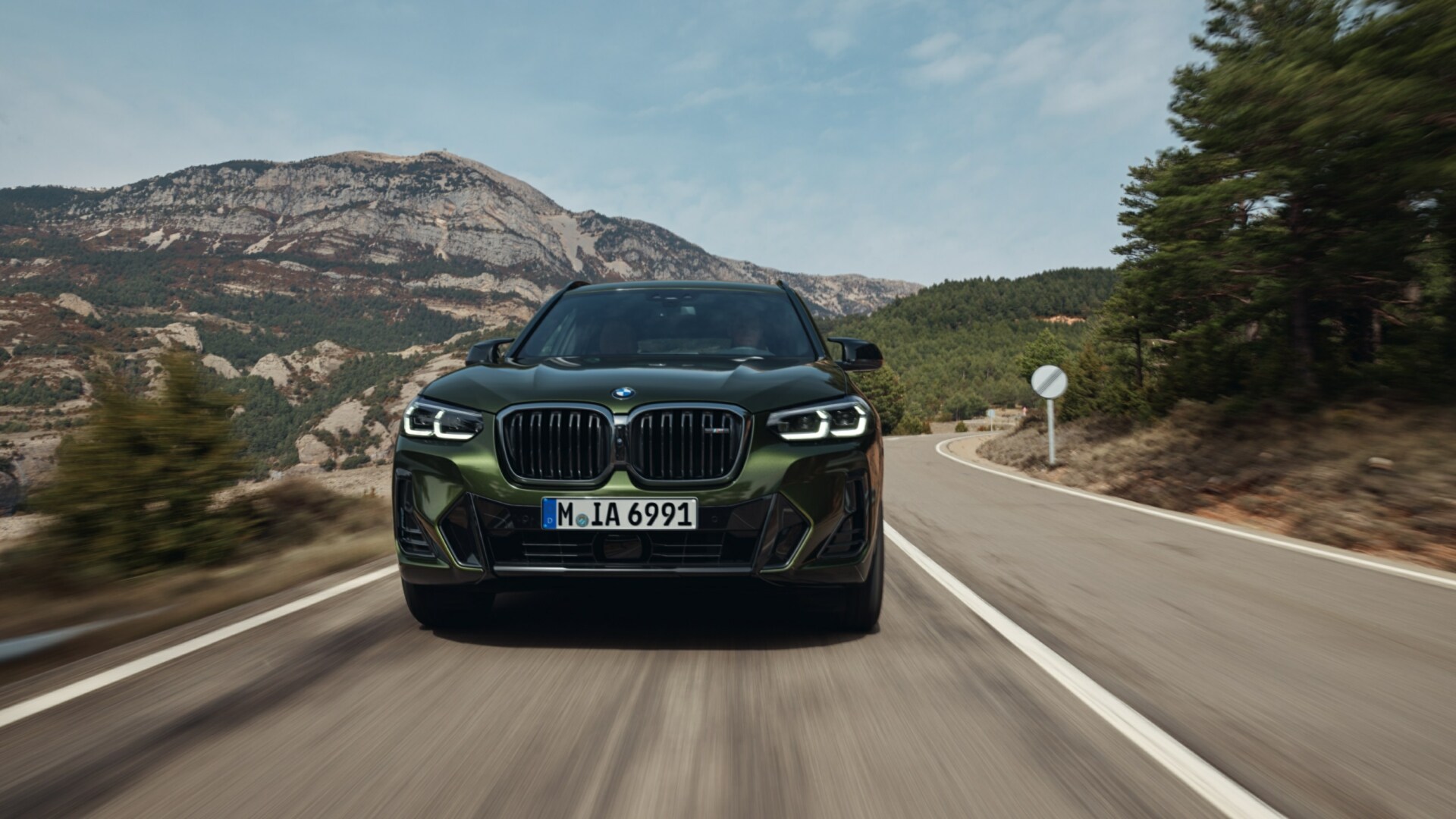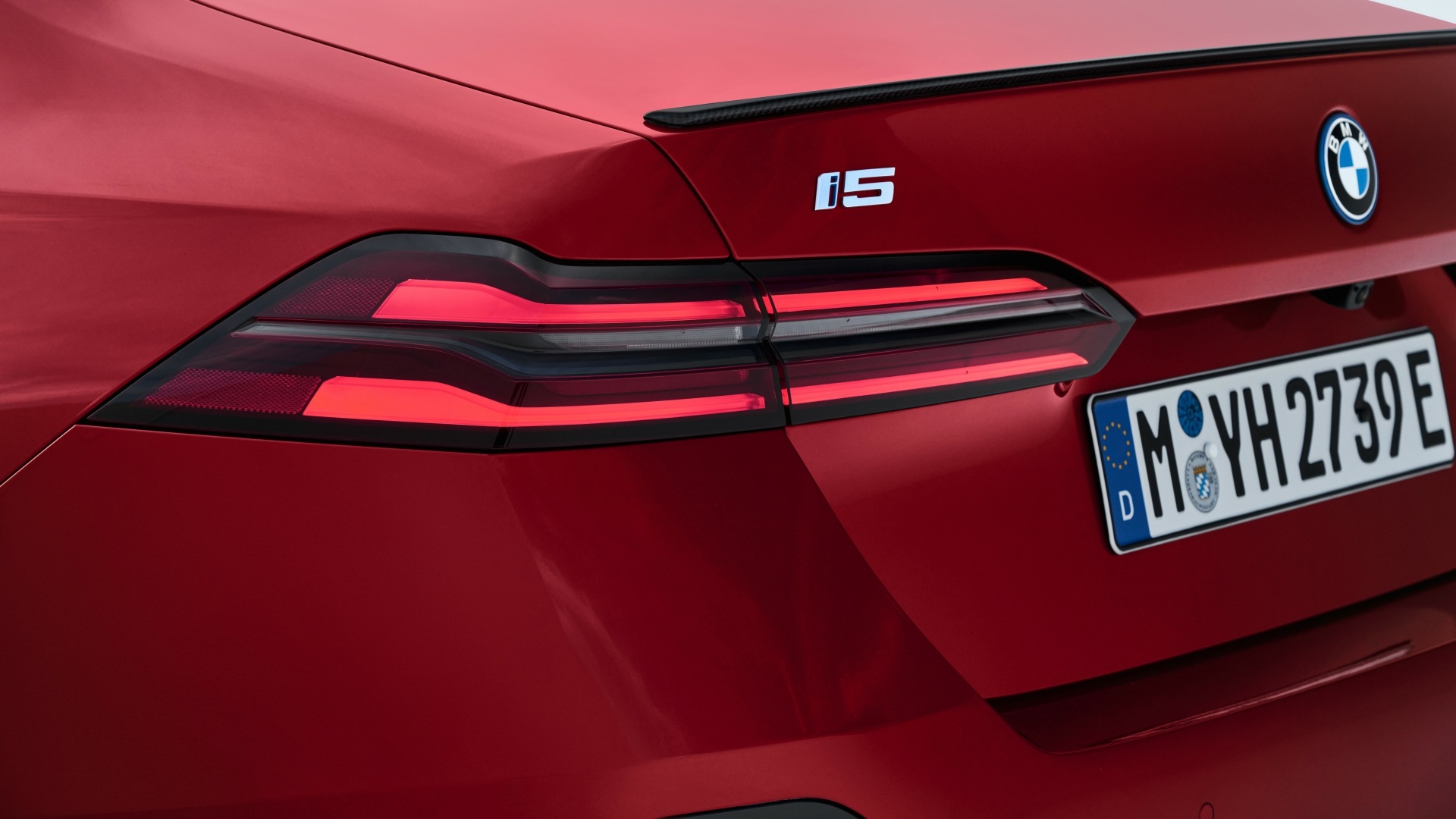From the 2002tii of the ’70s to today’s M440i Gran Coupe, the i’s have had it, but not anymore. It’s official: BMW the i’s have had it. The new 2025 X3 M50 that replaces the previous X3 M40i drops its “i” suffix, and more combustion-engined BMWs will follow.
As first reported on the fan site BMW Blog, senior BMW vice president Bernd Körber indicated that the historic I designation would now be found only as a prefix on the names of EV models going forward. BMW’s media relations team has confirmed to C/D that the change is coming.
“Historically, even though our interpretation of BMW I was always different, it’s more innovation, not necessarily only electric, and we historically had an injection at the end [of the badge],” Körber told BMW Blog. “We said, we would like to keep ‘i’ as an asset, and we would like to keep it as a signature to indicate you’re driving an electric car and that was the logic that we had.”

BMW’s first dalliances with fuel injection were, of course, in aviation applications. The first BMW road cars to wear an “i” suffix weren’t fuel injected; in the 1963 1800ti, the t stands for touring and the I for international. Later, as with the 1971 3.0CSi, I was indeed intended to indicate that the Bimmer in question had fuel injectors instead of carburetors. In 1972, the 2002tii arrived, its 2.0L engine fitted with mechanical fuel injection from Kugelfischer.
It’s worth pointing out here that electronic fuel injection did already exist and was offered by other marques, but the 2002tii was such a fierce little shoebox that its double-ii designation captured the public’s imagination. With the E21 3-series that followed, only the 320i and later 318i were fitted with fuel injection, and thus an “i” suffix started representing sporting intent and a little more technology under those Bavarian snouts.

Skip ahead a few years, and BMW was mostly labeling its cars something like 330i out of habit. If everything is fuel-injected, what’s the point of calling it out? Porsche had to answer the same question with its Turbo designation, relegating it to essentially a trim level. However, BMW also uses “I,” now, as a designation for its electric vehicles with or without combustion range extenders dating back a decade to the first i3.
There now is a full range of I models, and while the i3 was charmingly odd, like a modern Isetta, something like an i4 or i5 is thoroughly mainstream. So is a conventional combustion vehicle like the X3. BMW doesn’t offer a time frame on when the change will roll out, but it’s hardly the end of an era.

More disapproving muttering happened around the time the numerical model designations stopped indicating engine displacement, and we’re well past those days. Change is the only constant. Of course, if you’re a diehard BMW fan, then perhaps there’s a little sadness to seeing the i suffix wink out of existence. So mark its passing, then jump into your vintage 2002tii and hit those back roads, making sure to cross the t and dot those i’s.

